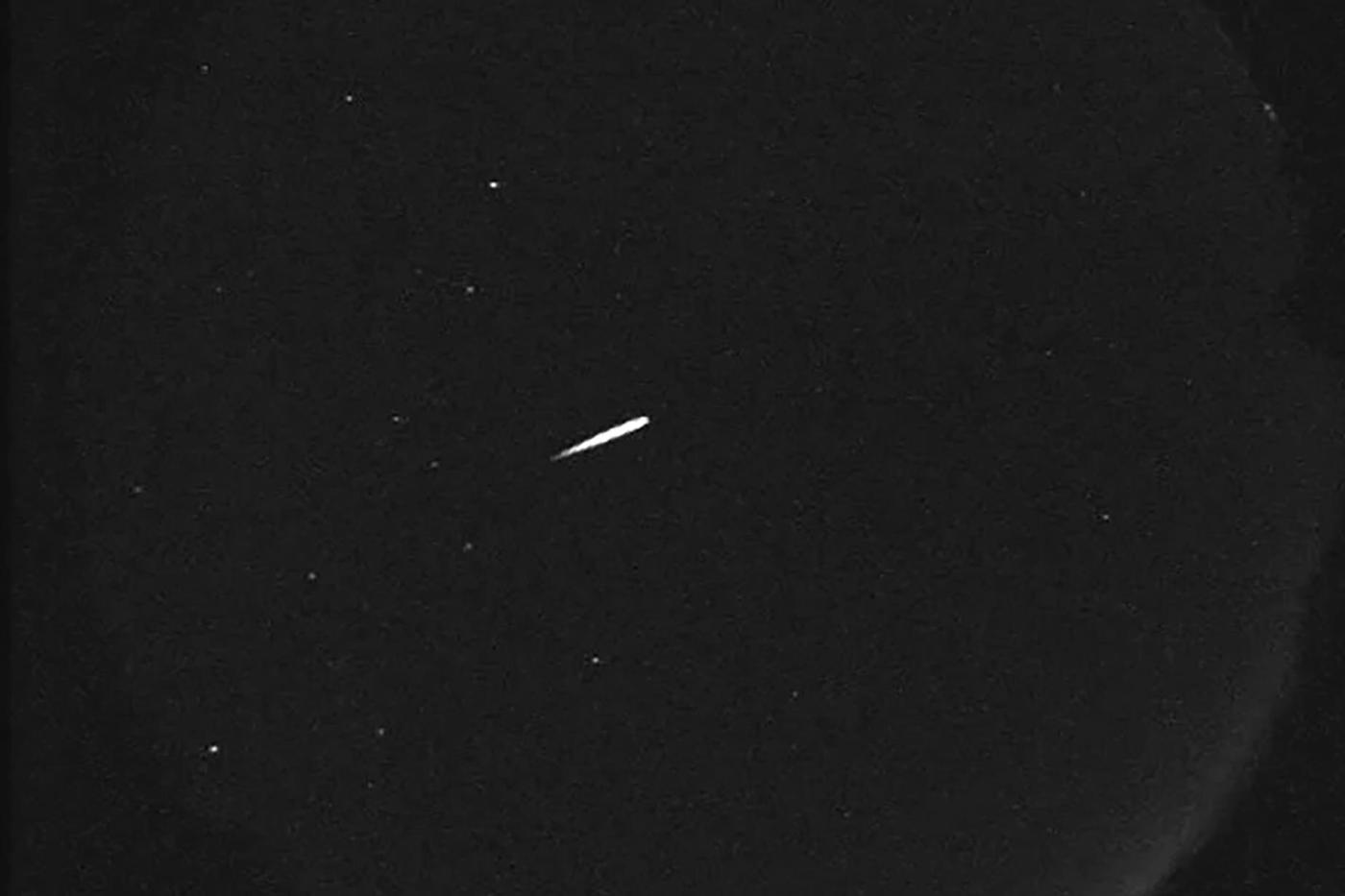The Orionids, one of two major meteor showers caused by remnants from Halley’s comet, will peak with the arrival of a new moon, providing an excellent opportunity to see shooting stars without interference from moonlight.
During Tuesday morning’s peak, expect to see up to 20 meteors per hour in ideal viewing conditions, said Thaddeus LaCoursiere, planetarium program coordinator at the Bell Museum in St. Paul, Minnesota. Viewing will last until November 7.
“Weather permitting, it will be a great show,” LaCoursiere added.
Halley’s comet passes near Earth every 75 years. Debris left by the comet leads to two major meteor showers every year. “Sometimes the Orionids leave trains, these bright lingering streaks in the sky,” LaCoursiere noted.
### What Is a Meteor Shower?
As the Earth orbits the sun, several times a year it passes through debris left by passing comets and sometimes asteroids. The source of the Orionids is debris from Halley’s comet. When these fast-moving space rocks enter Earth’s atmosphere, they encounter resistance from the air, causing them to heat up and eventually burn up. Sometimes the surrounding air glows briefly, leaving behind a fiery tail—the end of what we call a “shooting star.”
You don’t need special equipment to see meteor showers that flash across the sky annually—just find a spot away from city lights.
### How to View a Meteor Shower
The best time to watch a meteor shower is typically after midnight or in the early pre-dawn hours when there’s usually less interference from moonlight. Competing sources of light, such as a bright moon or artificial ground lights, are the main obstacles to a clear view of meteors.
Cloudless nights when the moon is at its smallest (waning) phase provide optimal viewing opportunities. And remember to keep looking up—not down. Your eyes will be better adapted to spotting shooting stars if you aren’t distracted by your phone.
### When Is the Next Meteor Shower?
The next major meteor shower, the Southern Taurids, is expected to peak early on November 5, when the moon will be full.
Make the most of the dark skies this week and enjoy the celestial show!
https://www.chicagotribune.com/2025/10/20/orionid-meteor-shower-how-to-see/


